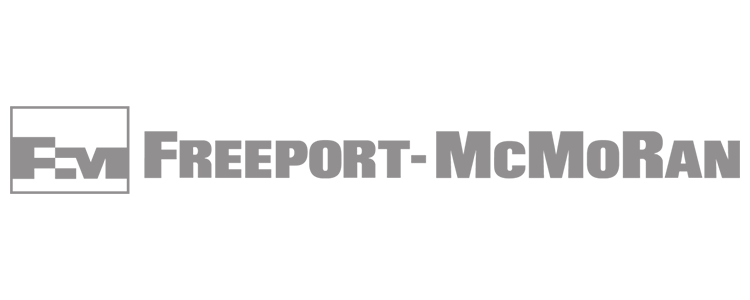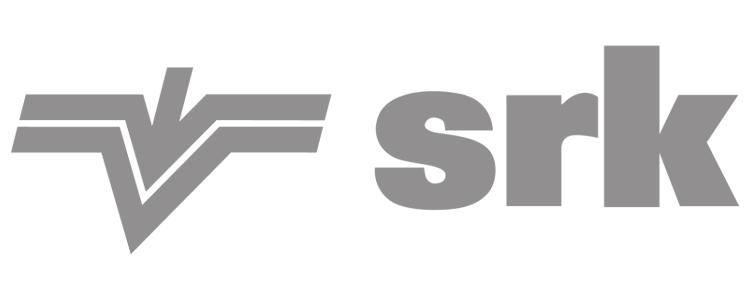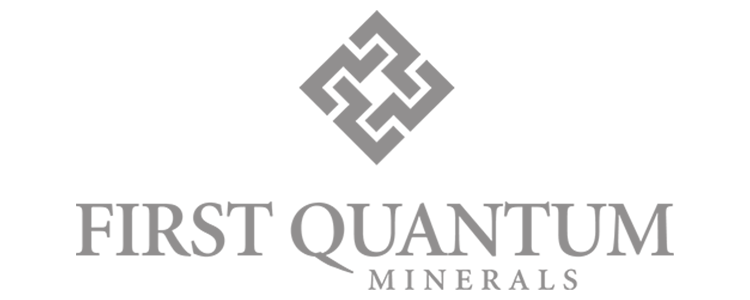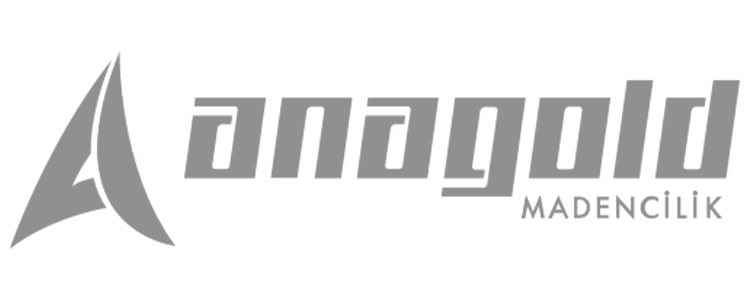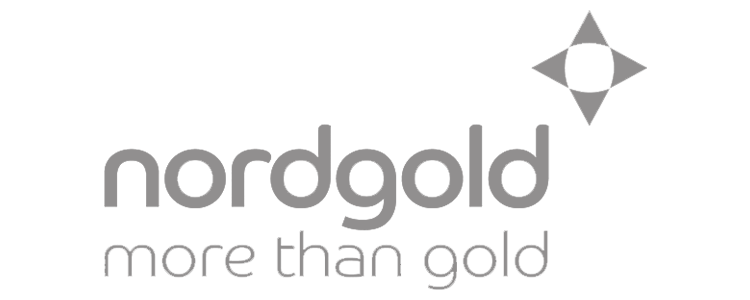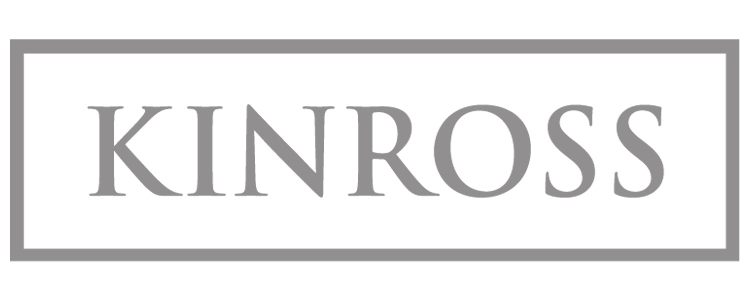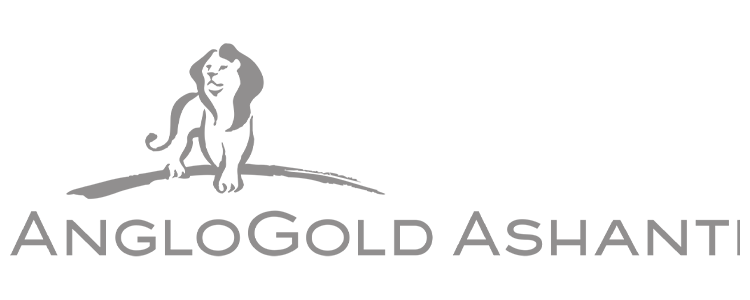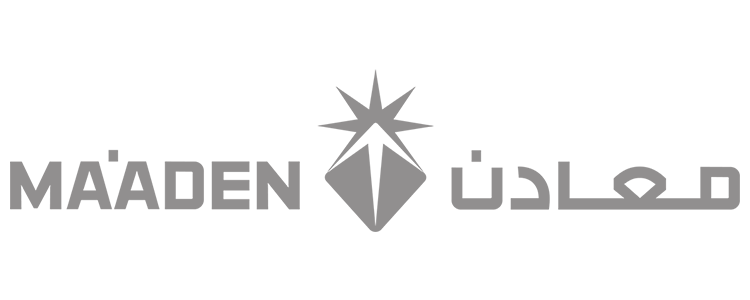2022 was a big year for Edumine and the mining industry with thousands of courses being completed. The mining industry is rapidly changing, and the skills and knowledge required for success are changing with it.
Last year we saw a record number of people took our introductory courses designed for people new to the industry. This isn’t surprising considering enrollment in U.S. mining engineering programs dropped 46% between 2015 and 2020, according to a survey by the Society for Mining, Metallurgy and Exploration (SMME). The same issue occurs in other major mining countries such as Canada, South Africa and Australia.
Other popular course topics were on the valuation of projects and data analytics. We are seeing more investors, private and corporate, looking into the mining space. The mining sector is highly impacted by market volatility. Although the intrinsic value of a mineral project remains a crucial factor, corporations can make better investment decisions by understanding the correlation between technical and financial risk, so it’s great to see more people take our courses to help them invest in the right projects.
It’s also wonderful to see that our courses on ESG (Environmental, Social, and Governance) and leadership have made their way into our top 10 most popular courses. More than half of miners are over the age of 45 and 20% are over 60 and closing in on retirement, according to a study from Mercer. It is critical to hire young, educated people, and changing the public’s perception of the industry is crucial to attract the best talent. By focusing on ESG and creating a diverse workforce we can help to change minds and help show the tremendous opportunities for young, technical people to come in and contribute immediately.
Mining is facing a critical skills shortage and we are committed to training that promotes a sustainable and prosperous future for the mining industry. Technological advances are transforming the way that mining is done, with automation, data analytics, and artificial intelligence playing increasingly important roles in the sector. To stay competitive, companies will need to invest in training and development programs that help workers acquire the skills they need to operate new technologies.
Take a look at the details of our top courses below and start your advance your career today.
This course was created for professionals who operate in and around the mining industry and need a comprehensive overview of mining, from locating a deposit to closing a mine. While you will learn the fundamental terms in mining, the course is delivered in language that is easy for you to understand and uses numerous examples to illustrate concepts.
With numerous examples, figures, and photos of mining, this course offers a non-technical introduction to the fundamental ideas of mineral exploration, ore extraction, mineral processing, and mine waste management. The economics of a mining and mineral processing operation are also covered in some detail.
Professionals who want to learn more about quantitative finance in the context of mining and have a basic to intermediate understanding of the concepts of the accounting cash flow model should take this course. The course’s main emphasis is on the appraisal of actual functioning mines. Attendees should have some background in the technical aspects of minerals and mining in order to get the most out of the course.
Anyone who needs to interact with the mining industry, including equipment and service providers, governmental and regulatory agencies, and administrative and support employees, should take this course. You will learn what is current, topical and important in today’s mining scene. In short, you will get a comprehensive overview of the mining industry.
Mining Explained is a popular reference book for beginners who want to learn more about mining. This reputable resource on exploration, mining, metallurgy, and investing explains in clear language how minerals are found, mined, processed, and sold. A comprehensive 33-page lexicon of mining words is also provided. Areas covered in this course include Basic Geology, Prospecting, Sampling and Drilling, Mining Methods, Metals Markets, and Investing in Mining.
This introductory course gives the learner a foundational understanding of Environment, Social, Governance (ESG) practices. The content includes a brief history of sustainability, the circular economy, the global factors driving demand as well as the risks and opportunities of ESG in the mining industry.
Through this course, participants will be able to use their theoretical understanding of statistics to address practical mining challenges. Participants will understand what information has to be gathered, how to measure it, and how frequently? There will also be presentations on the phases of data cleansing, validation, exploration, visualisation, and integration. They will also go through Excel spreadsheets to properly identify trends and obtain insights. A number of case studies that show how data-driven decision making may be used to enhance mining processes will be presented.
An Introduction to Modelling Metal Project Finance serves as an introduction to the critical issues associated with the debt financing of mining projects. With a summary of the application procedures, the goals and objectives of project finance are presented. The course assumes a fundamental understanding of the key financial factors and is designed for professionals working in the mining industry.
Although it is a crucial leadership skill, effective communication is harder to master than you may think. The complexity and involvement of others in the communication process is a major contributor to this. Examples are used in this course to emphasise the value of communication. It investigates any obstacles that could be impeding your efforts to properly communicate with others. We’ll examine the four main channels of communication—verbal, written, visual, and nonverbal. And we’ll concentrate on listening, one of the main flaws in good communication.
This is a concise course on rock engineering for mine workers who are not engineers. It addresses challenges related to rock engineering for employees of mining companies who are not directly involved in mining, such as managers, metallurgists, field geologists, even accountants, secretaries, and lawyers. In order for non-engineering staff to grasp what operations people need at the mine site level, this training has been made available to mining businesses and mining operations all over the world. The aim here is to give non-engineering personnel a sense of the volume of rock collapses and their effects.
What is leadership, and how can I tell if I’m a good manager or leader? This course will expose you to many leadership philosophies and assist you in identifying the one(s) with which you identify most strongly as well as the type of leader you want to be. You will interact with past and present authorities in the subject and discover the reasons why particular approaches work better in certain circumstances than others. We’ll also push you to learn about other leadership philosophies that might be more effective in your company’s workforce, which is increasingly diverse and includes workers from all cultures, generations, and backgrounds.
In this course, you’ll learn the most recent upgrades to the drilling and blasting fundamentals that you’ll use every day in your job as a blast engineer. This course will cover important subjects like an introduction to contemporary blasting, how explosives actually break rock, the commercial explosives and initiation techniques currently in use, and drilling technologies accessible in the sector. The training is broken up into brief video modules with exercises that reinforce key ideas after each segment.
Sublevel stoping is a general mining technique that is discussed in this course. Sublevel open stoping, long-hole open stoping (also known as blasthole stopping), and vertical crater retreat (VCR) are the three most used sublevel stopping mining techniques. Vein (Alimak) mining, transverse stopping, Avoca, and longitudinal mining are variations of this technique. The features, requirements for the designs, guidelines for the designs, and applications of the various sublevel stopping techniques are covered in this course.
This course discusses strategies which help in deciding whether to invest in junior mining companies or other mining stocks in general, and offers an introduction to securities analysis and valuation. This course’s topics will cover:
- Analysis (geological, qualitative, risk, industry, financial)
- Valuation Techniques (cash flow, real options, relative)
- Evaluation of the Findings (red flags, sensitivity, decisions)
This course is in Spanish and English.
For mining employees who are not engineers, this is a short course in rock engineering. The course covers material relevant to employees of mining companies who are not directly involved in extraction, including managers, metallurgists, field geologists, and even accountants, secretaries, and attorneys. The main purpose of teaching this course in mining operations and companies throughout the world is to familiarise non-engineering staff with the requirements of operational staff at the mine level. The goal is to give non-engineering individuals a better understanding of how frequently rocks fail and what that means.
The use and administration of cyanide on a global scale are introduced in this course in a non-technical manner. The goal of the course is to give students a global overview of cyanide use and a comparison of that use to that of other compounds. There is widespread misunderstanding about the true effects of cyanide use in mining, despite the fact that cyanide is utilised in gold mining operations. This course makes an effort to deliver accurate information while dispelling cyanide-related rumours and riddles. The first part of the course looks at how cyanide is produced, used, treated, and transported around the world. After that, there are explanations of its technical properties, hazards, and management.
Metso Technology Development has created a distinctive computer-based training (CBT) system to meet the needs of the plant operators. It focuses on general concepts designed to give people the information they need to make decisions that are safer, quicker, and better. For process engineers, mill operators, and students studying mineral processing, Flotation 1: Fundamentals is a required course. Mineral Processing Fundamentals, Water Properties, Particles, Slurries, Pulp Zone, Froth Zone, Flotation Kinetics, Impediments to Flotation, and Mill Safety are just a few of the subjects that will be addressed in this course.

